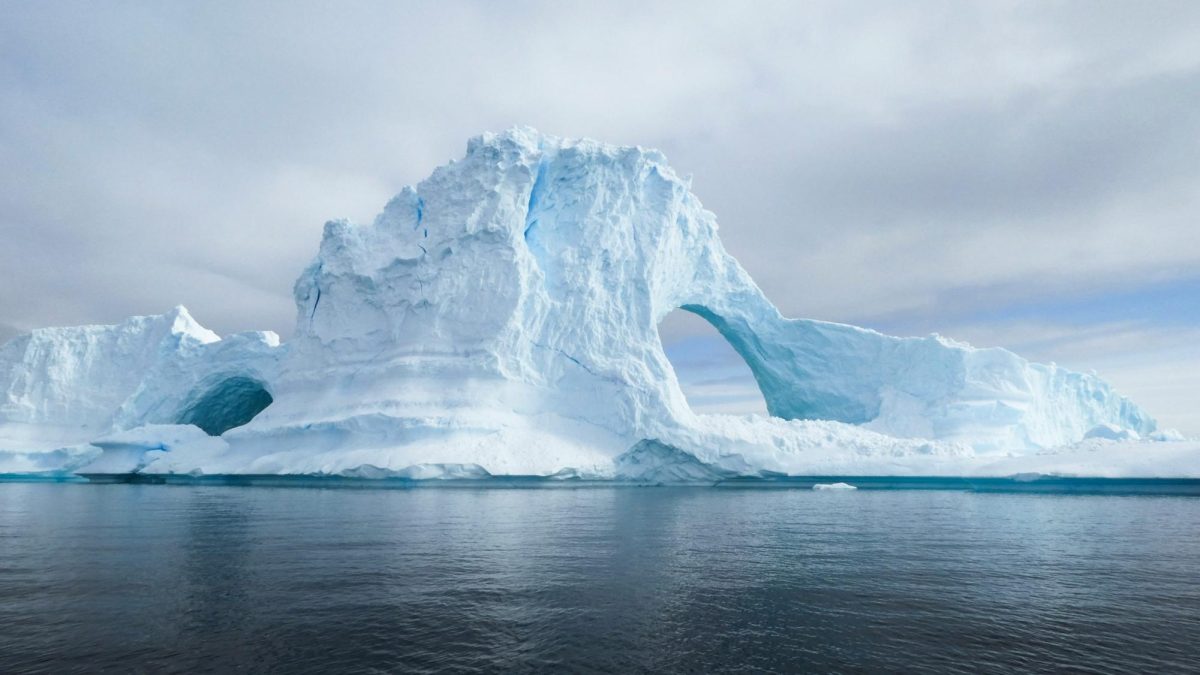The Sahara Desert recently experienced unprecedented flooding due to extreme rainfall, marking a significant climate event. The Sahara Desert in Northern Africa, which extends from the Atlantic Ocean to the Red Sea, flooded for the first time in 50 years. The desert is known for being one of the most arid places in the world, rarely experiencing rain, especially during the summer.
Meteorologists believe that the historic rainfall occurred due to an extratropical cyclone. It is reported that within a two-day period, more than a year’s worth of rainfall was seen in some areas that typically have only 10 inches annually. One city in Morocco was flooded when more than 3.9 inches of rain fell within a 24 hour period. Within 48 hours, parts of Morocco, Algeria, Tunisia, and Libya received nearly eight inches of rain.
However, because of a nearly six-year drought, the excessive rain is expected to help refill large groundwater aquifers that desert communities rely on, though the degree of this impact is currently unclear. Unfortunately, water running through the sand devastated many farmers’ harvests and killed over 20 people in Morocco and Algeria, prompting the governments to use emergency relief funding.
NASA satellites showed water filling Lake Iriqui, a famous lake in Morocco that had been dry for 50 years. Morocco’s General Directorate of Meteorology, Houssine Youabeb, stated that this rain could alter the region’s weather patterns in the coming months and years because the desert air will contain more moisture, leading to more evaporation and increased storm activity.
The NASA satellite photography and drone images revealed a drastic transformation of the desert. The rain temporarily changed the terrain by forming fresh lakes and burying sand dunes. Meteorologists warn that more extreme weather patterns are expected due to the water cycle being accelerated and disrupted by rising global temperatures.
Because of this anomalous flooding event, monitoring is increasingly important as researchers consider its short-term and long-term consequences. The flooding poses a challenge for local communities, many of whom relying on consistent weather patterns for agriculture and water supply.
The flooding in the Sahara Desert indicates some of the greatest challenges posed by climate change. The growing number of unexpected weather events has been interpreted by many as an indicator of climate change’s irreversible damage to Earth. Environmental activists have used the event to display the urgent action required to reverse climate change’s effects. However, others are interpreting the flood as a revitalization of much of Northern Africa. One Moroccan tour guide, Khalid Skandouli, shared that the flooding has attracted many visitors.









